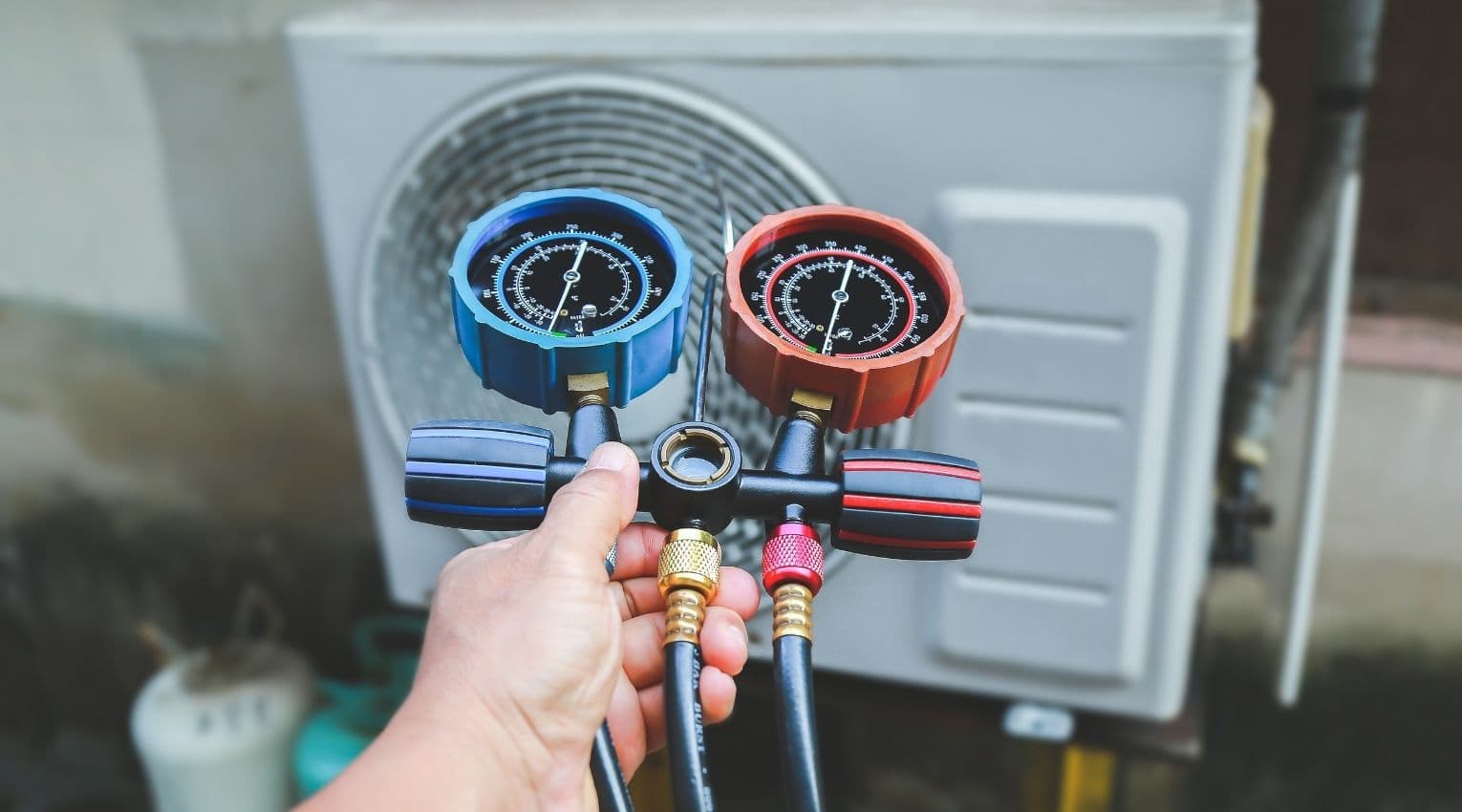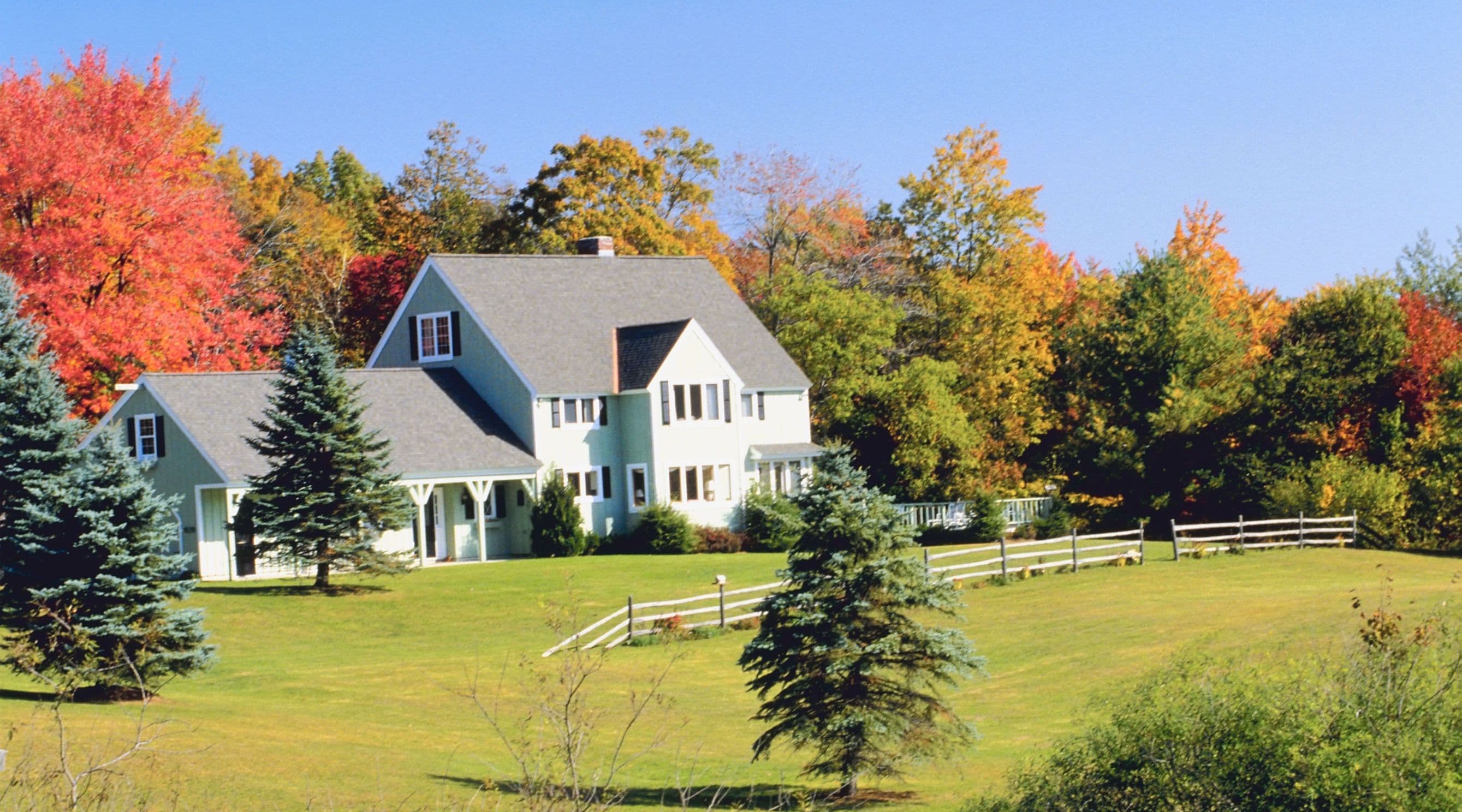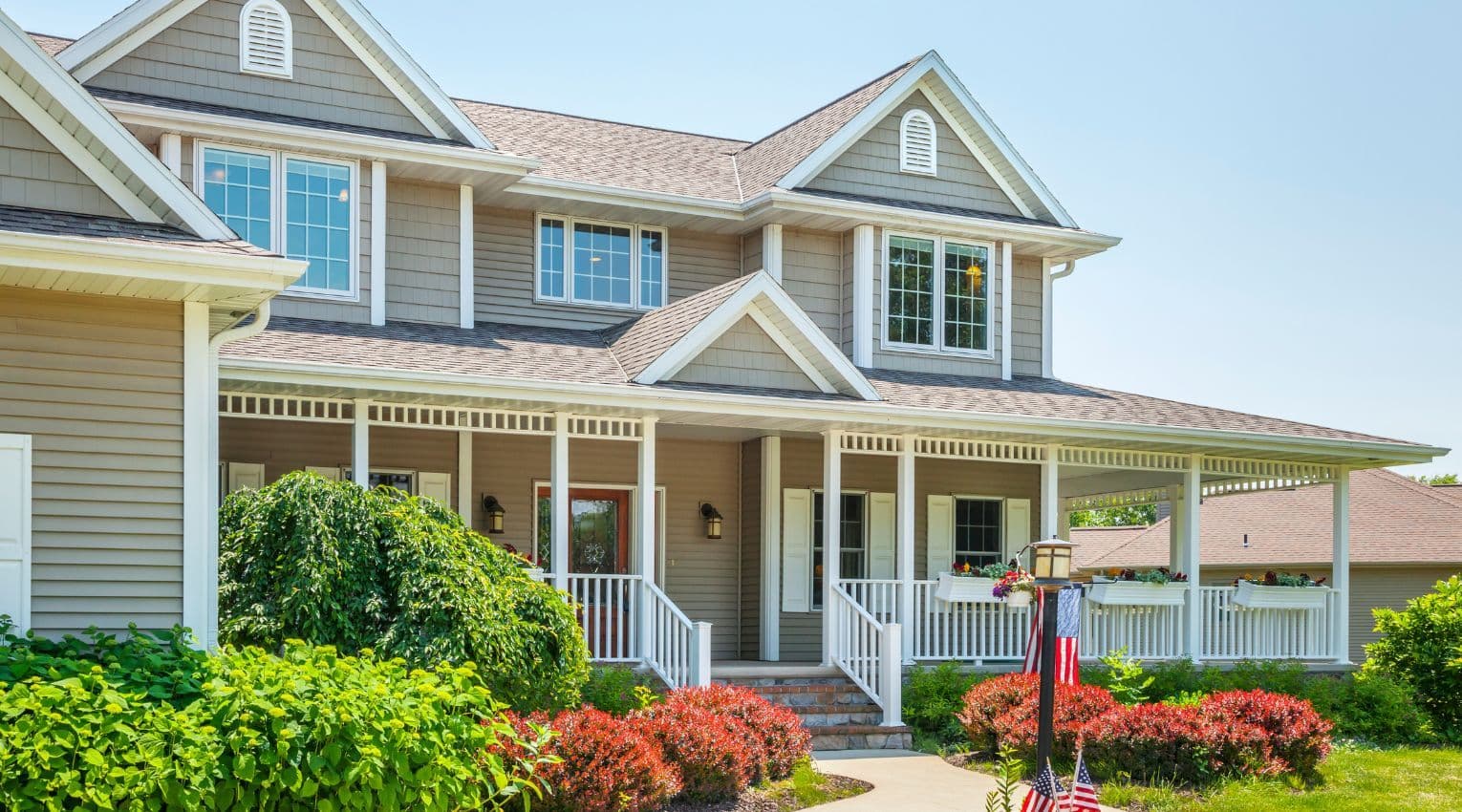6 Things Every Homeowner Should Know About Their HVAC System

There is no shortage of maintenance tasks to stay on top of as a homeowner, but keeping HVAC (heating, ventilation, and air conditioning) systems clean and working properly is among the top priorities for many homeowners. Especially since nearly 90% of homes have air conditioning and homeowners spend a total of $14 billion per year on HVAC services or repairs.
You don’t need to be a total expert, but learning the basics about your home’s heating and cooling systems can help you identify and address problems quickly and save you money down the road.
Here are some of the most important tasks — plus how and when to address them — in order to increase your likelihood of preventing costly issues.
1. When to schedule maintenance services
While you can do your part by keeping your system free of dust and debris, listening for abnormal noises, and checking your thermostat to make sure it’s working properly, you should entrust regular HVAC maintenance to a professional technician, as they’ll better be able to identify issues that aren’t as obvious to you. These include checking the level of refrigerant, lubricating moving parts, and inspecting the condenser and coils.
Typically, the best time to get HVAC maintenance services is in the springtime. Not only are temperatures generally mild (depending on where you are in the country), but this means that professionals are usually less busy with urgent issues and emergencies that crop up in extremely cold or hot weather. Plus, your air conditioning units will be prepared for the imminent summer heat, and you’ll most likely be set for the colder winter months as well.
2. How to change air filters
…And where yours are located. This depends on your type of unit — while most are on the ceiling, some can be on the wall or even on the system itself. Swapping out air filters is one of the most critical and easiest tasks, and it’s one that you can do yourself. It won’t only increase airflow and help you breathe easier, but may decrease energy costs by increasing the system’s efficiency.
Some things to keep in mind:
- Make sure the unit is off before replacing the filters.
- Make sure the air flow arrows on the filter are directed toward the unit.
Experts recommend changing your filters at least once every three months, and even more often if you have pets, but you should check the timeline that’s recommended for your system..
3. How to program your thermostat
Today, there are smart thermostats, like the Google Nest Learning Thermostat, that are designed to increase energy efficiency by keeping track of your household’s habits and adjusting accordingly.
However, even if you have a standard programmable thermostat, you can determine and select the optimal settings for your home. Start by learning what kind of scheduling your system allows for: this is typically daily or weekly.
You should also take note of your family’s schedule and habits, including wake-up times, hours everyone is out of the house and in the house, and bedtimes.
Fortunately, most modern thermostats have settings like “home,” “away,” and “sleep,” which makes it easy to program once you’ve gotten a sense of the general schedule within your home. By determining the appropriate times to keep your heating and cooling systems running, you’ll ensure that you’re maximizing efficiency and minimizing costs.
4. Whether you have a boiler or furnace (or a combination)
And it’s similarly important to know whether you have oil, gas, or electric heat, since each comes with different features (and a different set of problems when things go wrong). Boilers use water to heat your home, and furnaces heat air that’s blown into your home. While boilers are used across different heating types, including oil, the majority of homes today use gas or electric heat. And in warmer weather, understanding the type of AC or cooling system your home uses (if any) can give you a starting point for understanding a malfunction — even if it requires a call to a professional to fix it.
5. Where systems are located
Issues are a lot easier to solve if you first know where to go to start investigating. You should have an idea of where all of the major heating and cooling systems are (if more than one). They’re typically — but not always — in the basement or a utility closet.
6. How much money to set aside for maintenance and repairs
It’s always a good idea to have a safety net for unexpected household issues, and as an essential part of maintaining a comfortable home, your HVAC system should be a top priority for which you set aside a bit of money. Of course, costs for repairs and replacements will vary by your region and specific system, but the below chart gives a general cost range for the most common ones:
- Regular maintenance check: $140-$220
- AC repair: $300-700
- HVAC system installation: $2,500-8,000
- Portable AC $250–$800
- Window AC unit $138–$525
- Ductless mini-split AC installation $3,000–$9,000
- Central AC $2,500–$7,000
With Hometap’s Home Equity Dashboard, you can receive regular seasonal maintenance reminders — about your HVAC and much more — plus updates that will help you get the most out of homeownership. Sign up or log in to get started today!
You should know
We do our best to make sure that the information in this post is as accurate as possible as of the date it is published, but things change quickly sometimes. Hometap does not endorse or monitor any linked websites. Individual situations differ, so consult your own finance, tax or legal professional to determine what makes sense for you.



